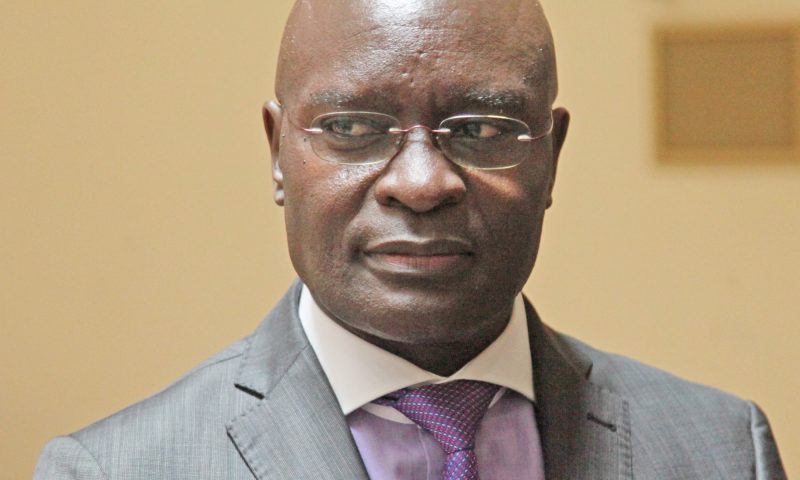By Andrew Irumba
As the 2021 General Election looms nearer, the Electoral Commission is streamlining preparation for all Ugandans to participate in the exercise.

Spy Uganda has learnt that the Electoral Commission has set a new deadline for the update of the National Voters Register.
According to EC, the Village Council Meetings during which voters will ascertain details about their polling stations will start on Monday 21st November 2019 and end on Monday 28th October. On October 16th, the EC will hold briefings for Sub-county supervisors.

The Commission had earlier set November 2019 and January 2020 for the general update of the National Voters Register.
However, while addressing a press conference on Wednesday, Justice Simon Byabakama, the Electoral Commission chairperson, said that “The Commission has concluded with demarcation of polling stations and will now embark on updating the register.”

He noted that all eligible voters should check at the designated polling stations to ensure that their names appear on the Voters lists.
2021 Roadmap Strategic Plan
In order to effectively and efficiently fulfil its constitutional mandate, the Electoral Commission recently put in place a Strategic Plan covering the Financial Years 2015/16 – 2021/22 to guide it in the performance of its functions.
This approach has previously enabled the Commission to conduct general elections in a smooth manner for it provides for phased funding of key election activities thereby easing funding pressure on government given the limited resource envelope.
During the period under review, the Electoral Commission’s strategies will be anchored on six Key Result Areas, namely:
- an institutionally strengthened Election Management Body (EMB);
- free, fair and transparent elections;
- credible, accurate and accessible National Voters’ Register;
- effective and comprehensive Voter Education;
- an efficient service-oriented/ stakeholders focused Election Management Body (EMB); and
- a strengthened Monitoring and Evaluation Framework.
This Strategic Plan was developed after consultation and involvement of various stakeholders in a transparent manner and the Commission pledges to continue involving them in its implementation.
Secondly, the Commission reviewed its previous Strategic Plan and carried out a Strengths, Weaknesses, Opportunities and Threats (SWOT) analysis; stakeholder analysis, value scan, operational environment, that is Political, Economical, Social, Technological, Environmental and Legal (PESTEL) and developed a balanced scorecard..







